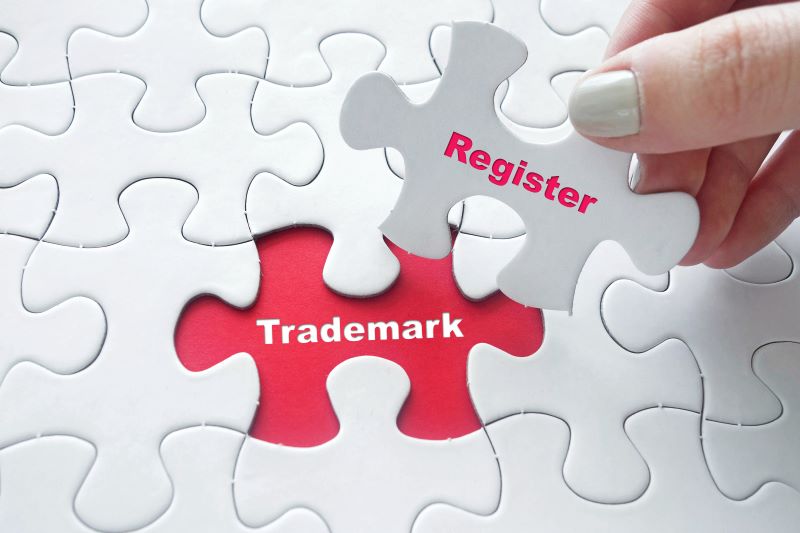ICANN’s consent is still required
Yet, in addition to the Cooperative Agreement, a price cap is also set by the ICANN <.com> Registry Agreement. Therefore, before proceeding with a price hike, Verisign will need to obtain the approval from ICANN as the current <.com> Registry Agreement keeps the price at $7.85. However, it is highly expected that ICANN will allow the increase as a) in the past ICANN has consented to price hikes on multiple occasions; b) ICANN has a share in each renewal and registration and c) at the moment when ICANN is facing budgetary cuts, extra money in the fund is more than welcome. For those reasons, the current state of affairs suggests that ICANN will allow a price hike.
Why is this price hike particularly relevant?
With over 138 million registered <.com> domain names and a market share of 84%, Verisign holds a dominant position on the generic top-level domains (“gTLDs”) market. Add to that the fact that 485 out of 500 companies on the Fortune 500 list use a <.com>, one can conclude that <.com> is the most dominant brand extension.
Due to the <.com> popularity, there is an expectation from users to access a website through a <.com> extension. Therefore, it can be argued that among top-level domains, there is no real substitute for <.com>. But even if there was, the cost of switching from <.com> to another top-level domain can result in high transaction costs. Hence, the popularity of <.com> along with network effects, significant switching costs and sole impracticality deter registrants from migrating to any other top-level domain (“TLD”) extension. Simply put, Verisign’s significant market power allows them to raise the prices without fear of losing customers to competitors.
Is there a justification for the price hike?
Having in mind Verisign’s dominant position on the market, which makes it resistant to any competition decisions, the important question is whether there is any justification for an increase in <.com> fees.
Operating costs of the <.com> registry are quite modest and experts estimate that Verisign has fixed expenses from $1.00 to $3.50 per domain name per year. Moreover, due to the fast-paced development of technology, it is expected that in the following years, the operation of the registry is going to become even cheaper than it is today. While the price of operating the <.com> registry does not go up, the number of <.com> domains has grown by 135% from 59 million registered domains in 2015 to 138 million in 2018. Hence, any increase in price is funneled directly to their bottom line. Verisign is an extremely profitable organization with its gross profit margin exceeding 80% in 2017 when the company accumulated gross income of 972 million on 1.17 billion in revenue.
Even though Verisign’s profitability is not at stake, as a privately-owned enterprise, it certainly has a legitimate goal to maximize its profits. Therefore, even though at the moment there is no pressing economic need for the price increase, Verisign obviously has an interest in generating income for its shareholders like any other corporation. While end-users might resent paying more money without a commensurate increase in operating expenses or improvement in service, Verisign’s motivation to increase revenue is not without precedent among businesses. Nevertheless, the legitimacy of the possible decision to lift the price freeze could be challenged given the fact that Verisign only provides technical services for the TLD registry it operates and is not actually the owner of the <.com> gTLD, but that would be for ICANN to address once the process of amending the registry agreement commences.
The U.S. Department of Commerce provided another justification for the price hike in the preamble of Amendment 35 to the Cooperative Agreement where it is specified that the Department “finds that ccTLDs, new gTLDs, and the use of social media have created a more dynamic DNS marketplace;” and that one of the goals of this amendment is “to provide pricing flexibility for the registration and renewal of domain names in the .com registry.”
In light of that, it truly cannot be contested that now the domain name marketplace is indeed far more dynamic than a decade ago. Expansion of the domain namespace that emerged with the introduction of new gTLDs in the 2012 gTLD Application Round created numerous alternatives that made some registrants migrate from <.com> to newly introduced gTLDs. Furthermore, widespread use of social media influenced some in the small business sector to abandon their <.com> domain registrations and narrow their internet presence only to Facebook, Instagram and similar platforms. While the aforementioned changes in the DNS marketplace are capable of disrupting the <.com> dominant position and therefore providing pricing flexibility to Verisign is somehow understandable, the question is whether the extension of the Cooperative Agreement that hypothetically speaking allows Verisign to increase prices by roughly 30% by 2024 is fair. For tackling this question properly, a deeper economic analysis is required. However, due to the more competitive DNS marketplace that now offers more possibilities to registrants than ever, Verisign may think twice before proceeding with the price increase. That is why no one can guarantee that Verisign will increase <.com> registration and renewal fees to the maximum permitted price as such a bold move could easily backfire on it.
Who is going to be hurt?
The ultimate price for domain name renewals and registrations is set by ICANN accredited registrars (such as GoDaddy, Tucows Domains, NameCheap, etc.) and consists of a wholesale price + registrar’s fee. Hence, the increase in wholesale price will definitely provoke registrars to charge their customers more for <.com> domain name registrations and renewals. Due to the importance of the <.com> extension, the vast majority of registrants will comply with increased fees. Therefore, the price hike will have an impact on basically all consumers that include non-commercial users, small businesses, corporations, domain name investors, etc. Accredited registrars are also vulnerable to the price spike as they will need to lift their fees in order to stay profitable. Yet, it should be noted that the extent of harm is going to vary, with registrars and domain investors being affected the most, while the majority of users that consist of registrants maintaining only a few domain registrations will barely feel the price hike.
Conclusion
The extension of the Cooperative Agreement enabled Verisign to enter into talks with ICANN to amend the <.com> Registry Agreement and negotiate the price rise of <.com> registration and renewal fees. Verisign’s dominant position on the TLD market along with the impact that the price hike will have on all stakeholders within the ICANN community will certainly attract the attention of the global stakeholder community and stir up many debates. How ICANN will manage to reconcile the conflicting interests between Verisign and registries on the one hand and the rest of the community on the other, is yet to be seen. Still, one thing is certain: any further move by ICANN in this matter will be subjected to close scrutiny from the community.




